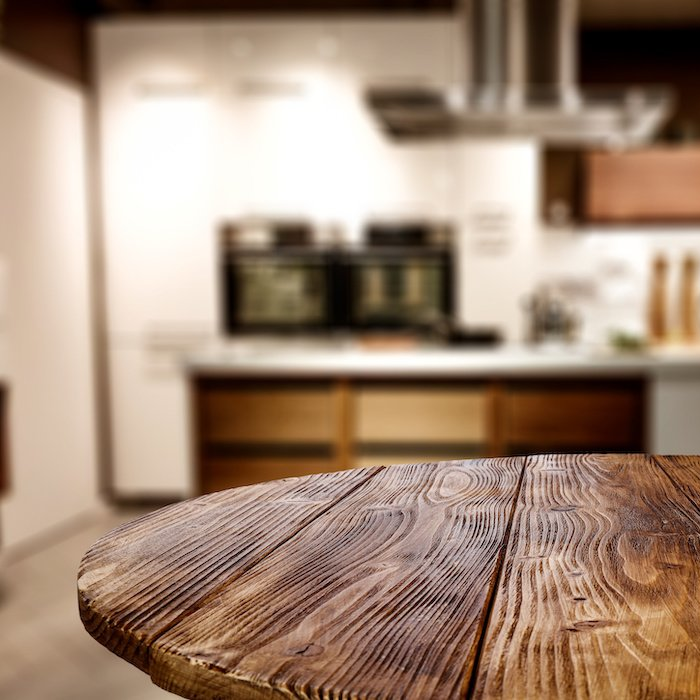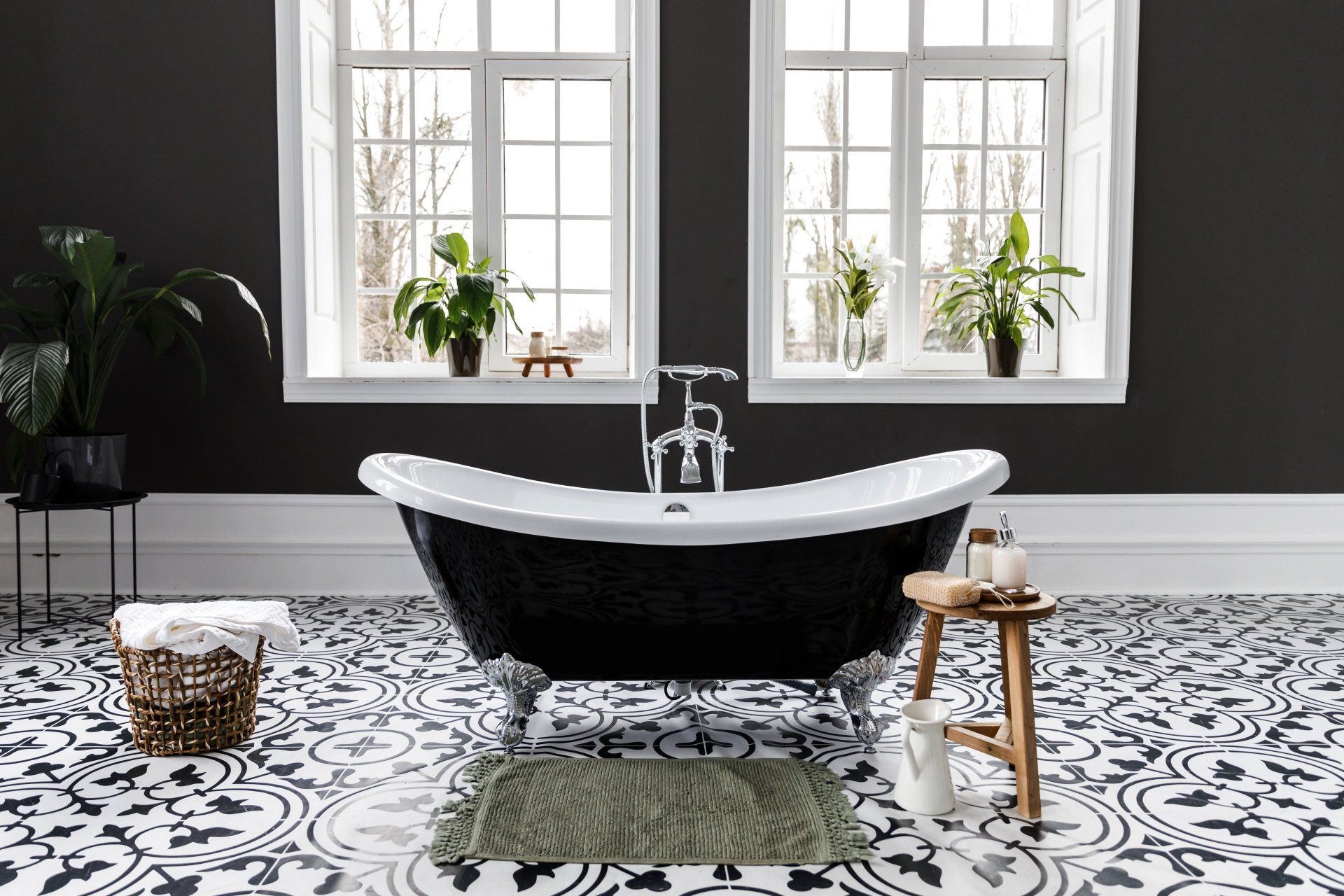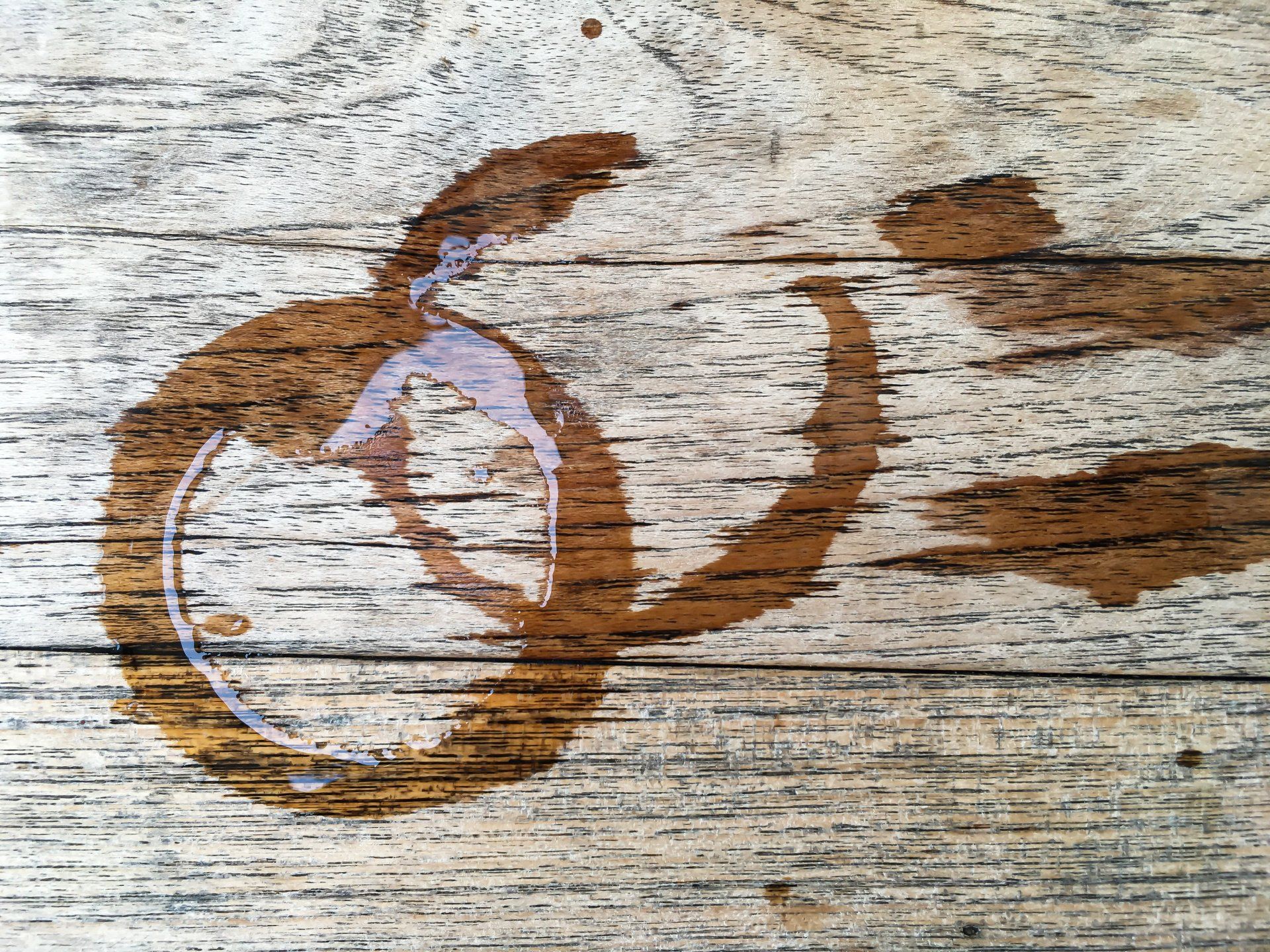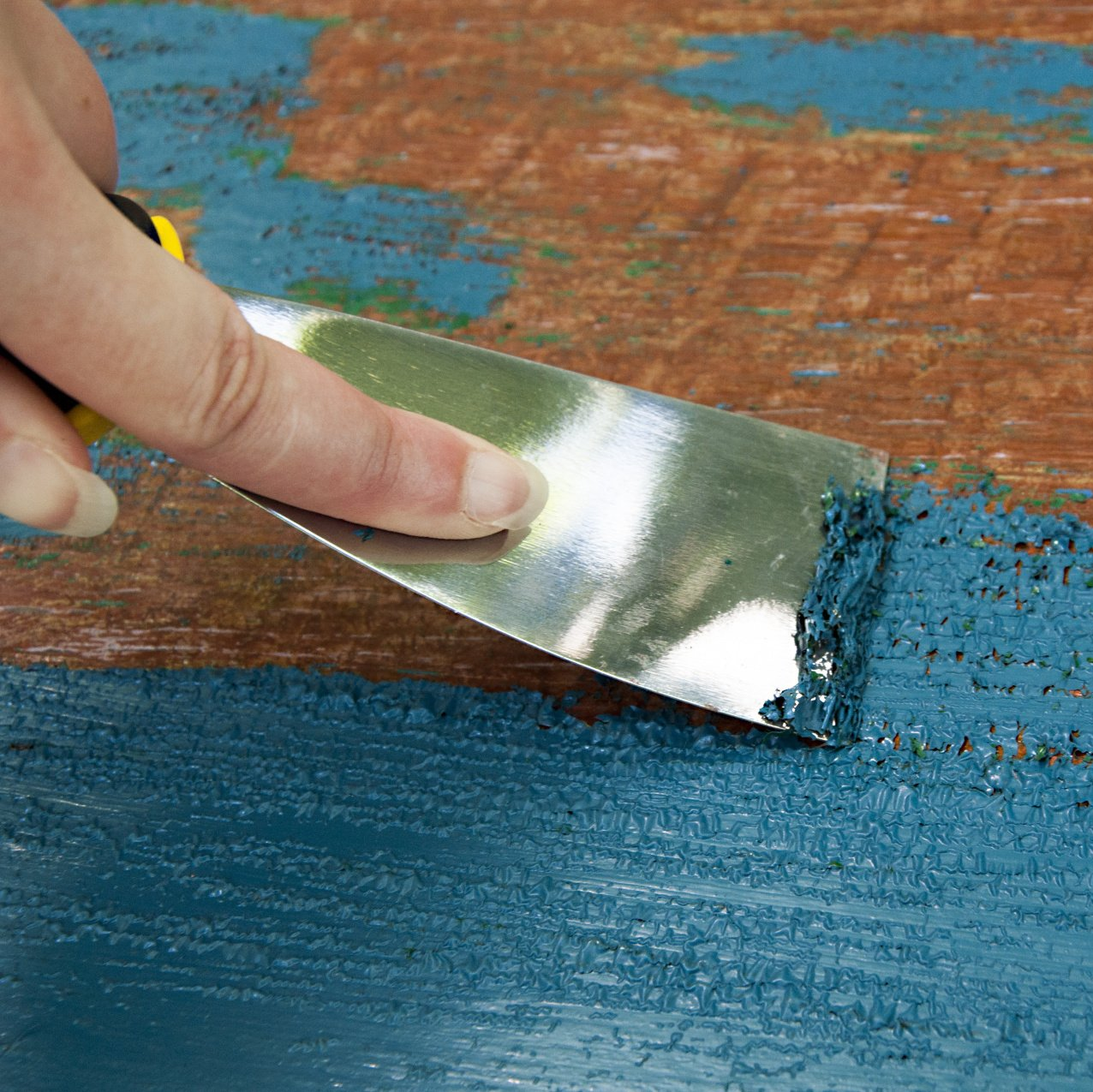Blog Layout
Solid or Transparent: Choosing the Right Stain
Sam Lutz • July 26, 2016
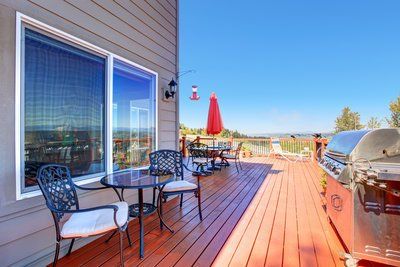
The type of stain you choose for your deck will affect its appearance and durability, so it’s important to know the differences between each type of stain before making a choice. In this post, we’ll cover the different types of stain (transparent, semi-transparent and solid), and discuss the advantages and disadvantages of each type.
Transparent Stain
Transparent stain has no pigment, so it leaves your wood grain in its natural state. It’s hard to tell the difference between a deck with transparent stain and a deck with no stain at all. Many deck owners with transparent stain can only tell that their deck needs a new coat of stain when the water starts to penetrate the wood after rain. Deck with a fresh stain will be water repellent, and thus the water will bead up on the surface of the wood. Advantages of transparent stain include:
- The natural wood grain remains visible.
- Re-staining involves almost stripping of the original stain; new stain can be painted directly on top of old stain.
- Transparent stain leaves the deck a light color, which will reflect more sunlight during the day and thus leaves the wood a lower temperature in the heat of the day. This can be important for deck owners who like to walk around in bare feet.
Before picking transparent stain, it’s important to note that transparent wood stain offers almost no UV protection, which can cause the wood to degrade more quickly.
Semi-Transparent Wood Stain
- Semi-transparent wood is like transparent wood stain, but it contains pigment that can change the color of the wood. The advantages of semi-transparent stain include:
- Wood grain still shows through the stain, so the wood looks natural and relatively untouched.
- The pigment in semi-transparent stain protects the wood from the sun, which can help prolong the life of the deck.
- The pigments in semi-transparent stain come in a range of hues, so you can match the color of your deck to your home.
- Like transparent stain, semi-transparent stain requires almost no stripping when it’s time to reapply; new stain is just painted on top of old stain.
Semi-Solid Stains
These stains show very little wood grain, and are almost like paint. Advantages of semi-solid stains include:
- Semi-solid stains offer even more UV protection that semi-transparent.
Solid Stains
Solid stains are a lot like paint. They don’t soak into the wood like semi-transparent or transparent stains, instead they sit on top of the wood like paint. Solid stains are long-lasting, but when it comes time to restain the deck, solid stains often must be stripped off and sanded away before the staining can take place. Without stripping off the old stain, many layers of stain will accumulate on the wood. Advantages of solid stains include:
- These stains offer the greatest UV protection.
- Solid stains come in a range of colors, much like paint.
Which One is Right for You?
Still can’t decide which type of stain suits your home best? Stop in at Ace Paint and Unfinished Furniture. We carry a variety of stain types
and can easily help you pick out the right type of stain for your deck. To see samples or discuss stain options, stop in today. We’ll be happy to help!
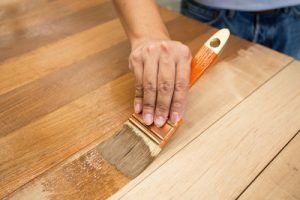
Share
Tweet
Share
Mail
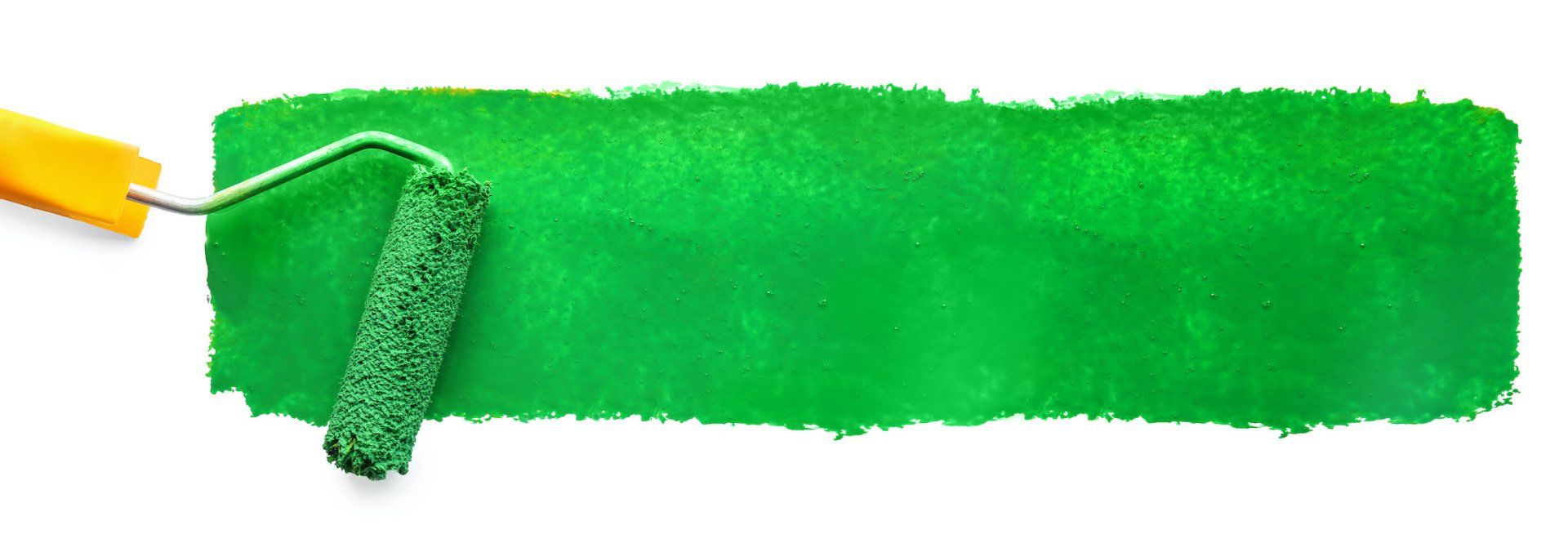
By Chris Vendilli
•
March 16, 2020
Colors are so fascinating. They make us feel, they help us express how we feel. The right colors can really set the mood in a room, or on an outfit. There’s a lot to color theory and what each of the colors mean. This St. Patrick’s Day we thought it’d be fun to explore a little about green.
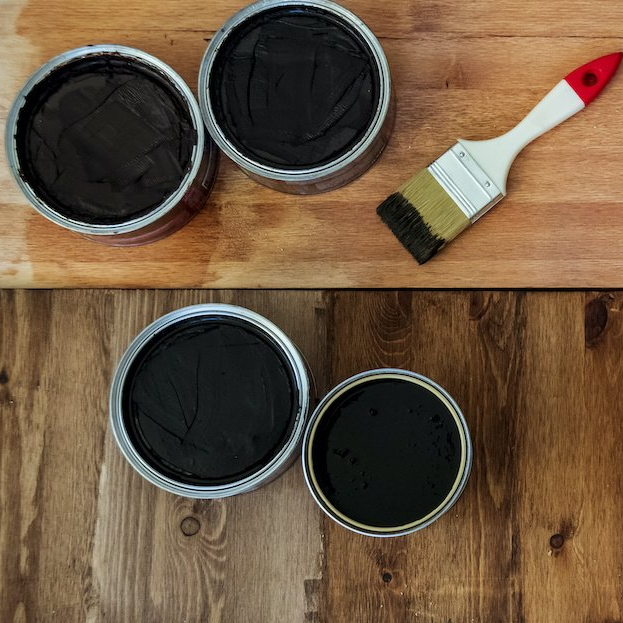
By Chris Vendilli
•
February 24, 2020
One of the wonderful things about good wood furniture is that it doesn’t have to be merely functional. It can be beautiful as well. We’ve seen some amazing pieces made with wood stains that are more than just furniture, they’re works of art. So if you’ve got an old table, desk or other piece of wood furniture that needs jazzed up, why don’t you consider using some of our great stains to try one of these ideas.
Promotion Sign Up
Complete the form below to sign up for our promotions
Contact Us
Thank you for contacting us.
We will get back to you as soon as possible.
We will get back to you as soon as possible.
Oops, there was an error sending your message.
Please try again later.
Please try again later.
Contact Details
Mt. Lebanon: 294 Beverly Road,
Pittsburgh, PA 15216
McMurray:
3339 Washington Road,
McMurray, PA 15317
Follow Us
© Copyright 2019 | All Rights Reserved

